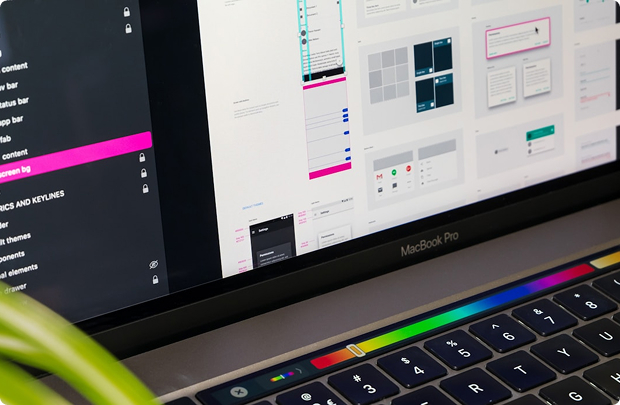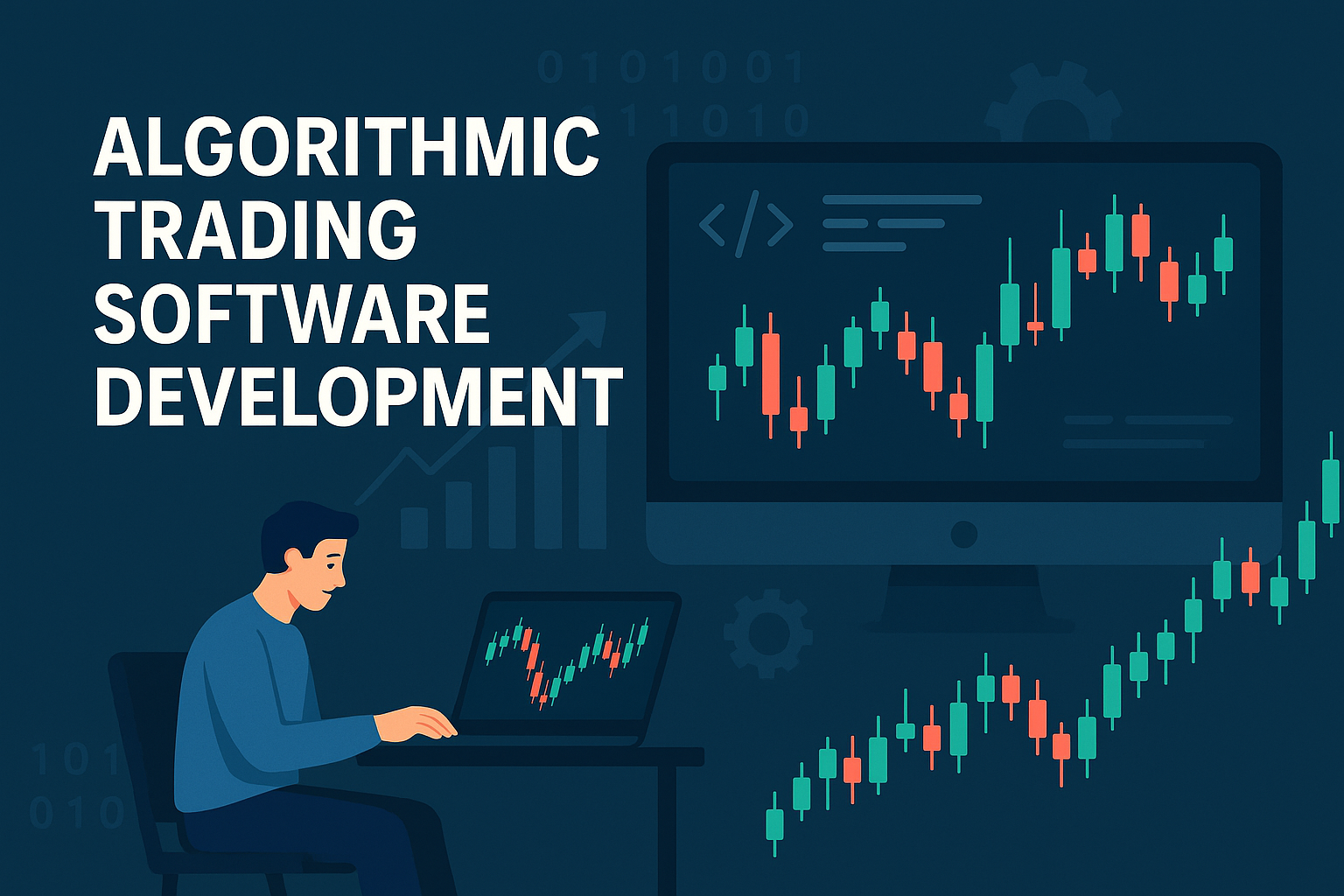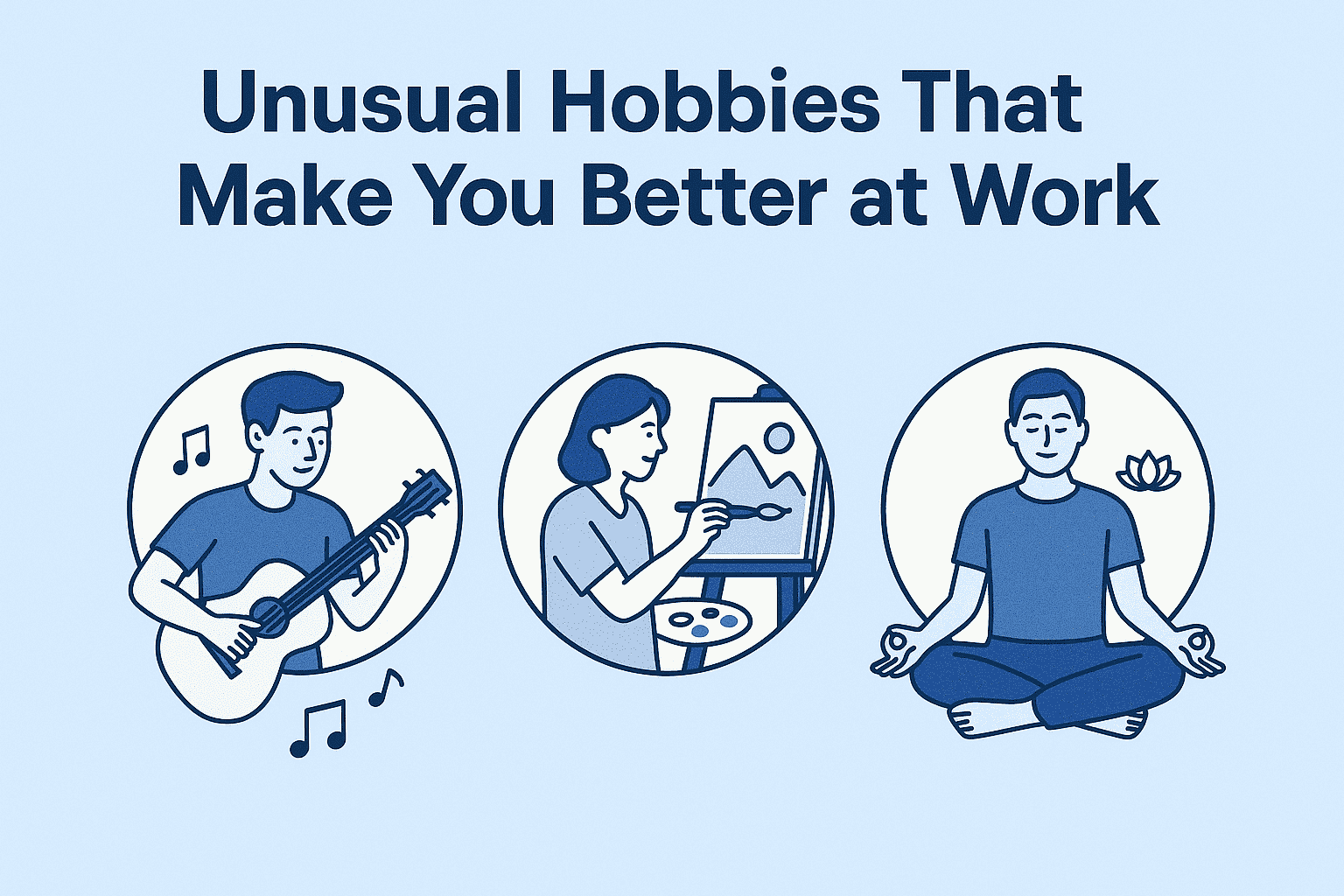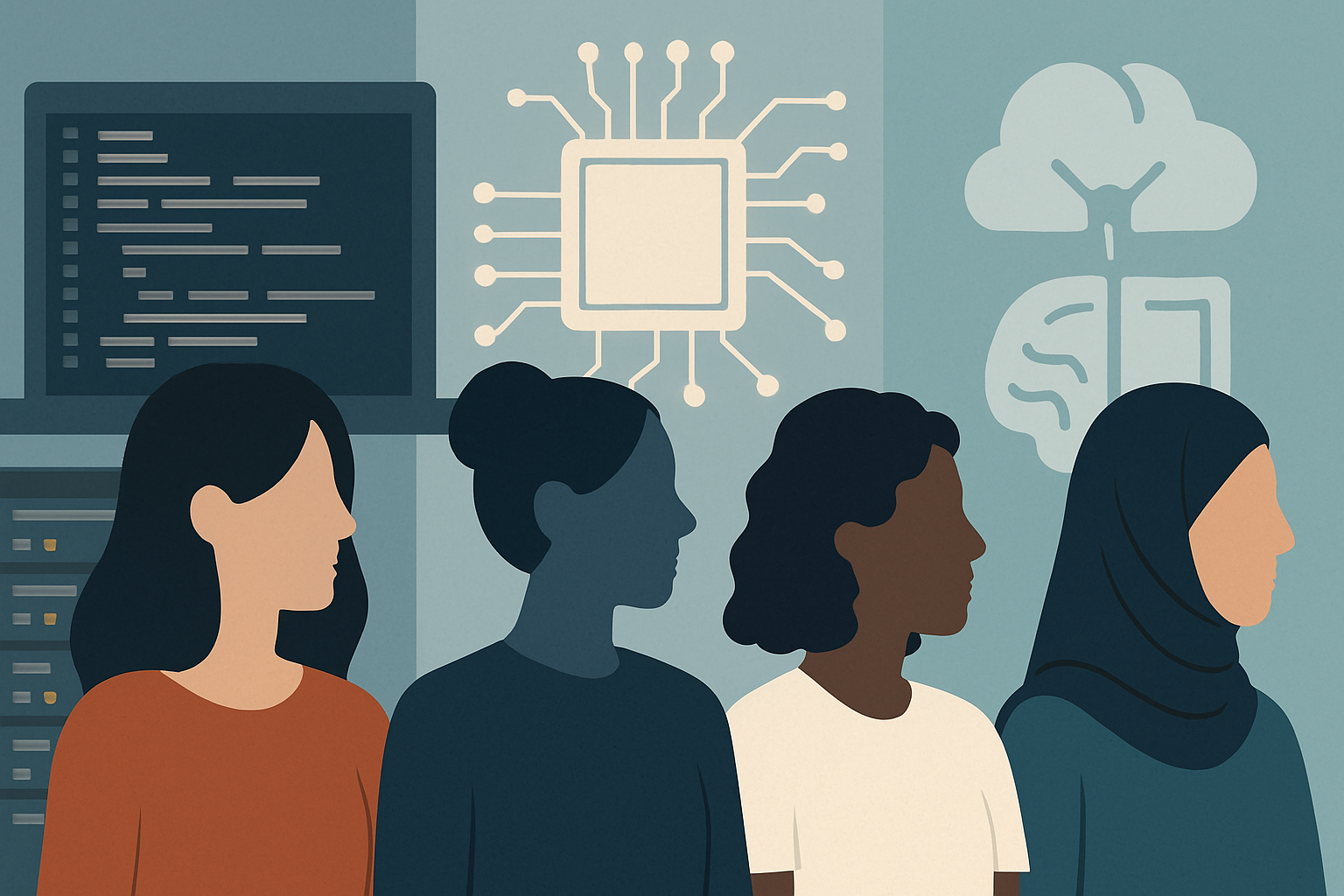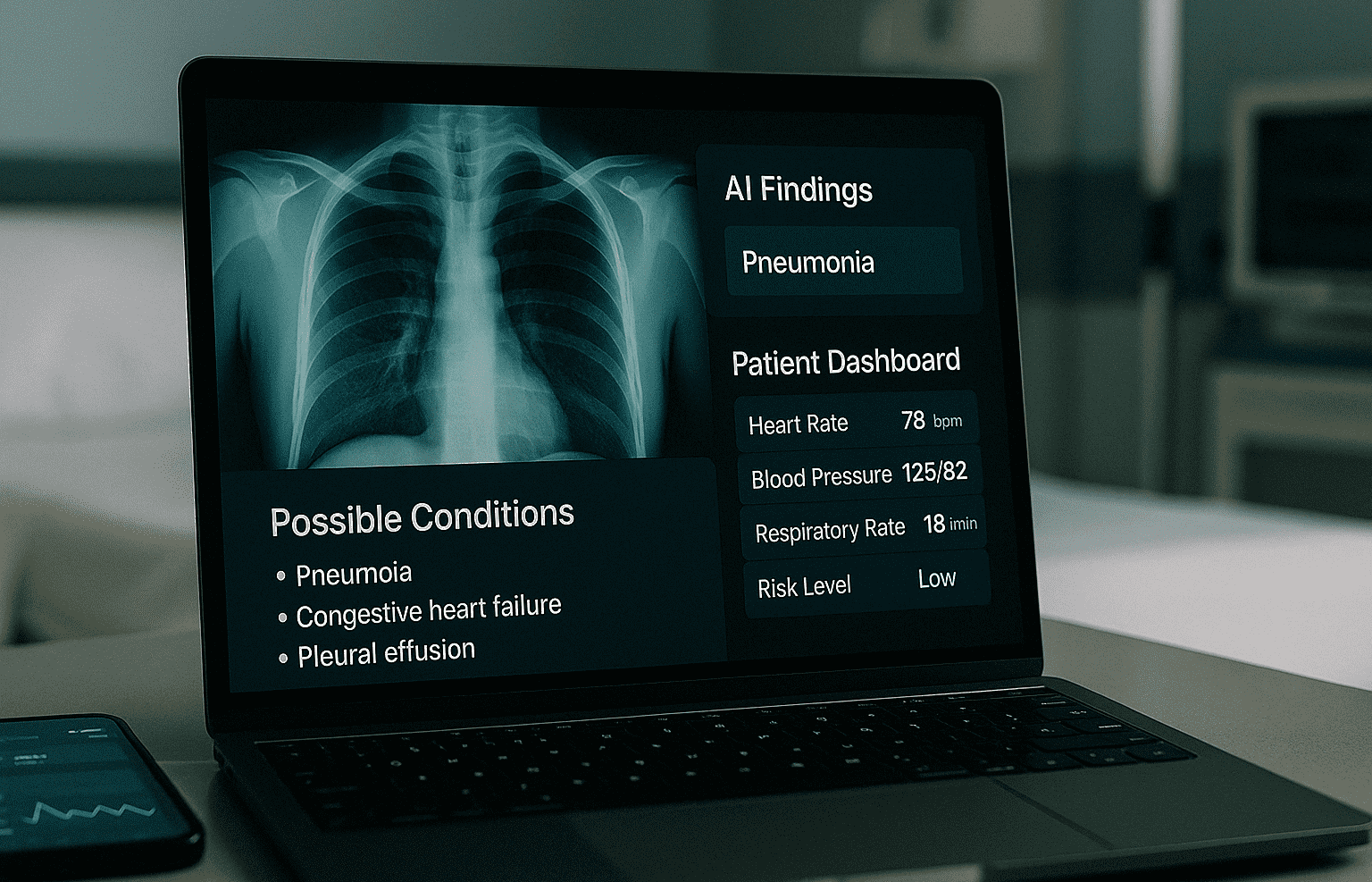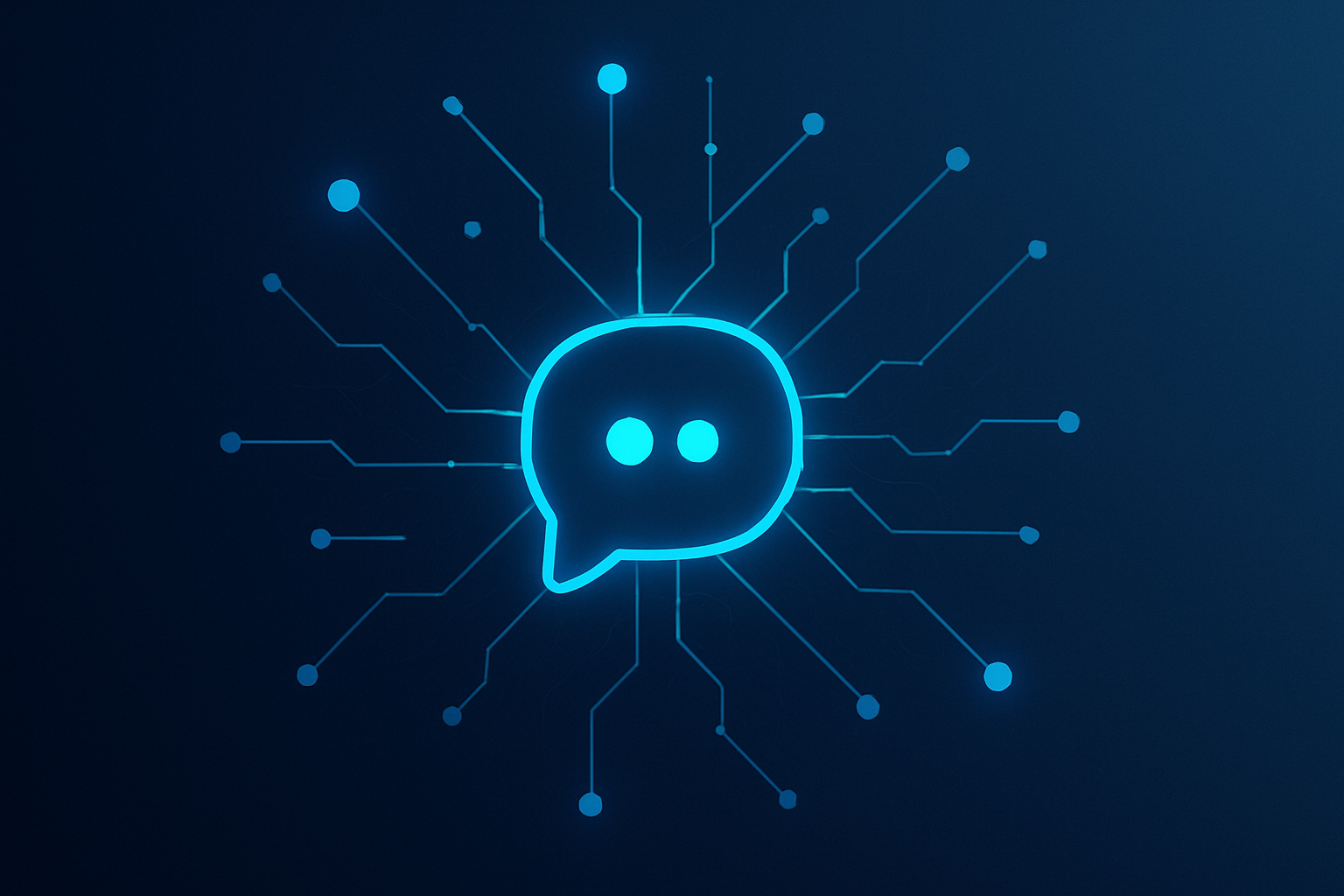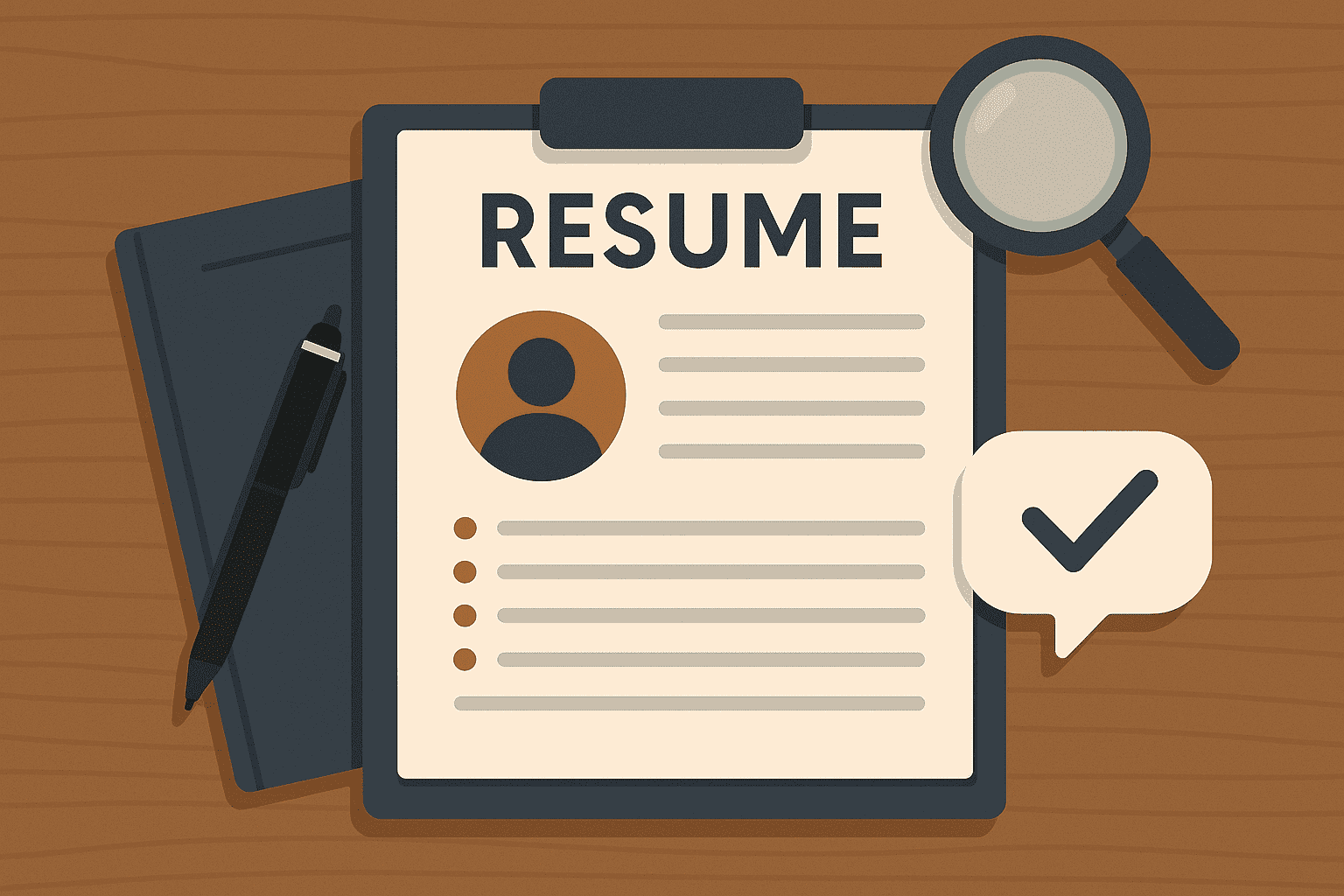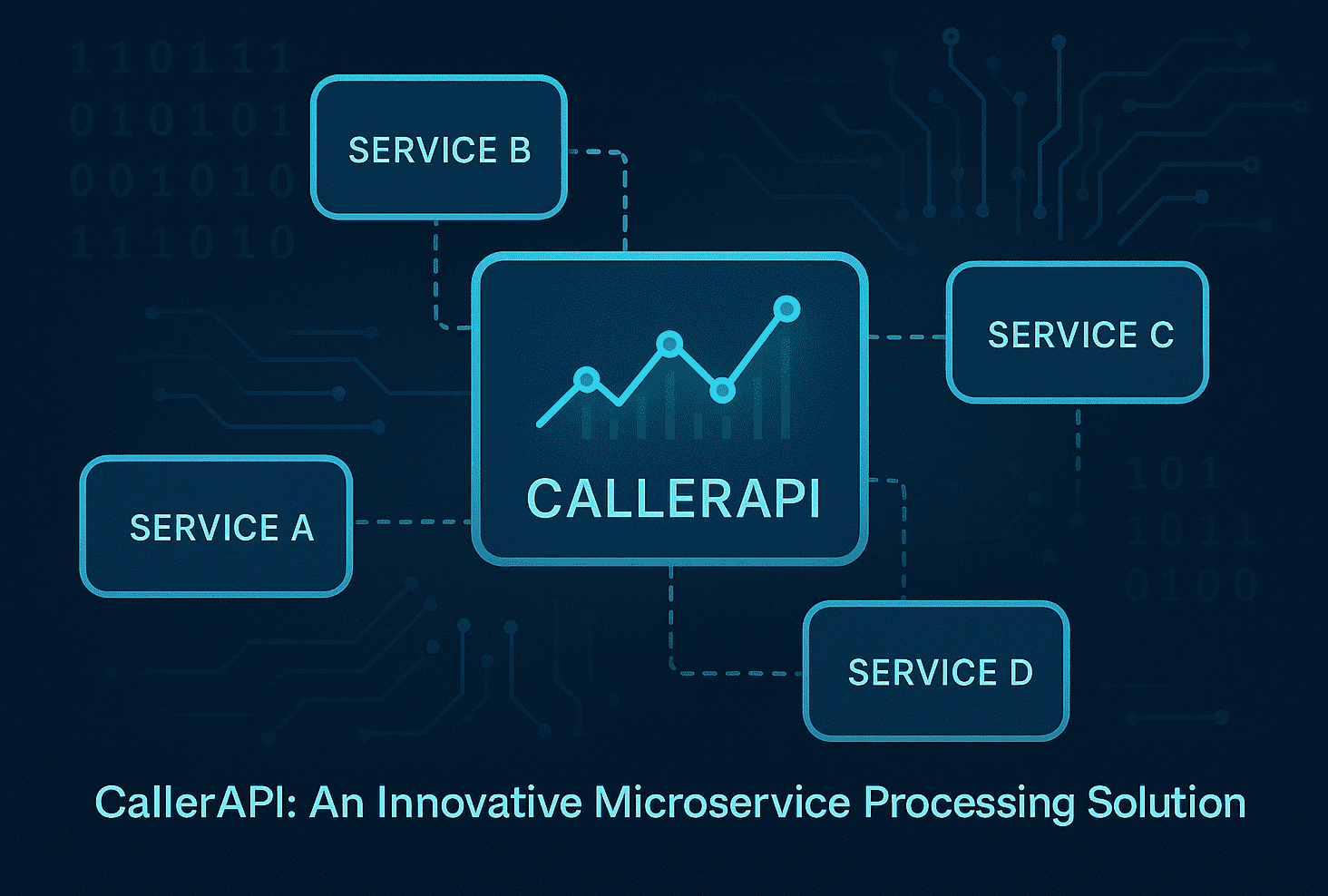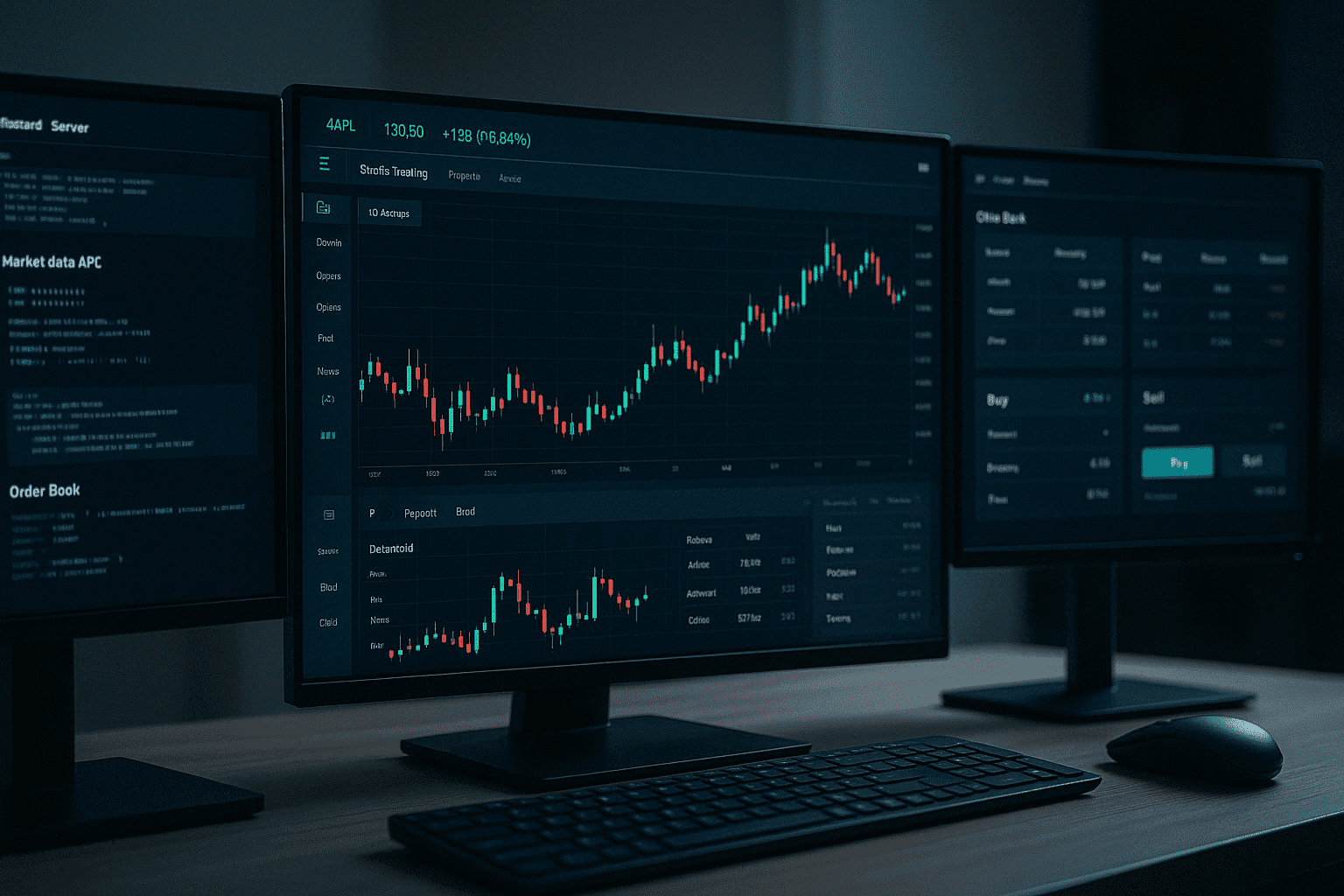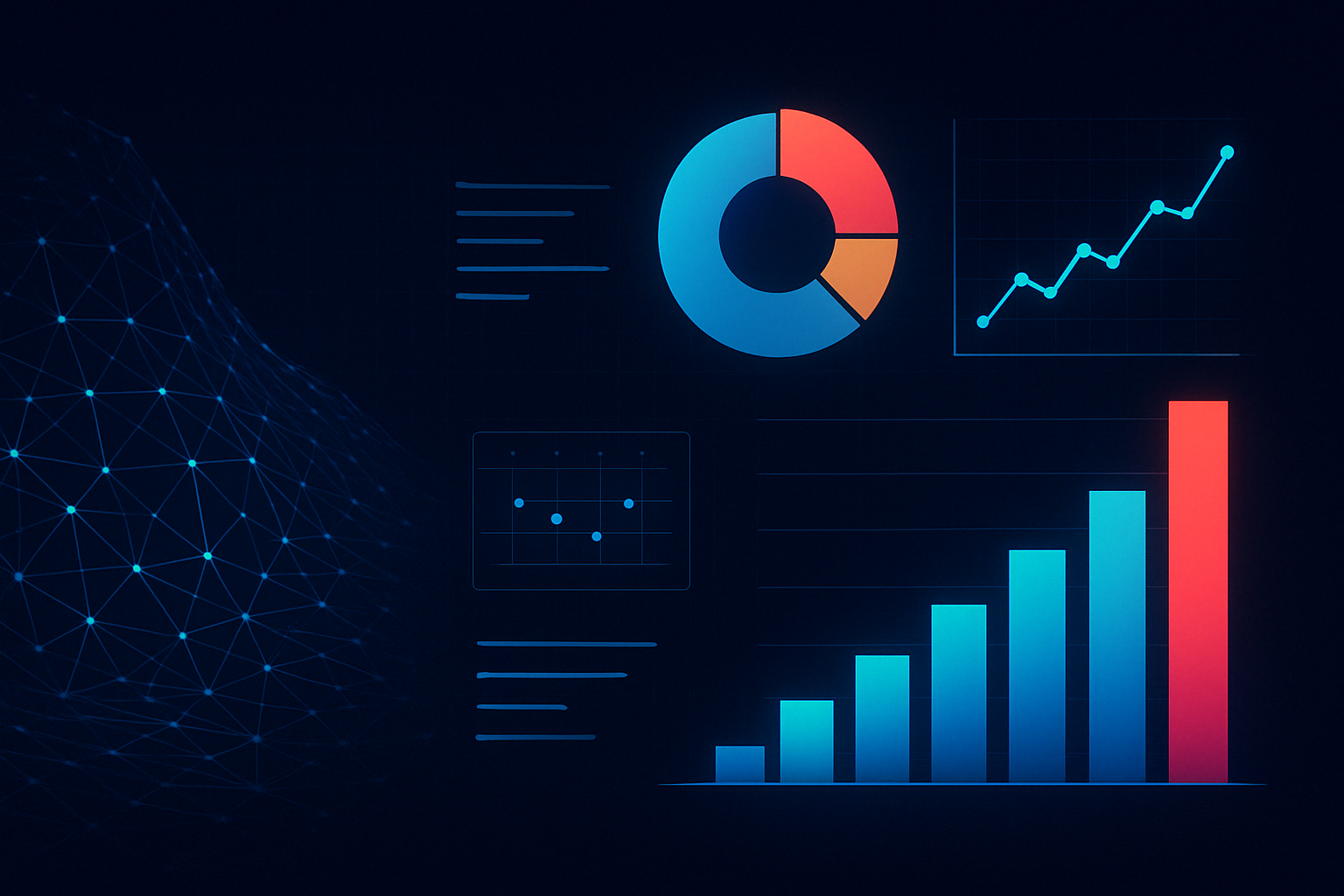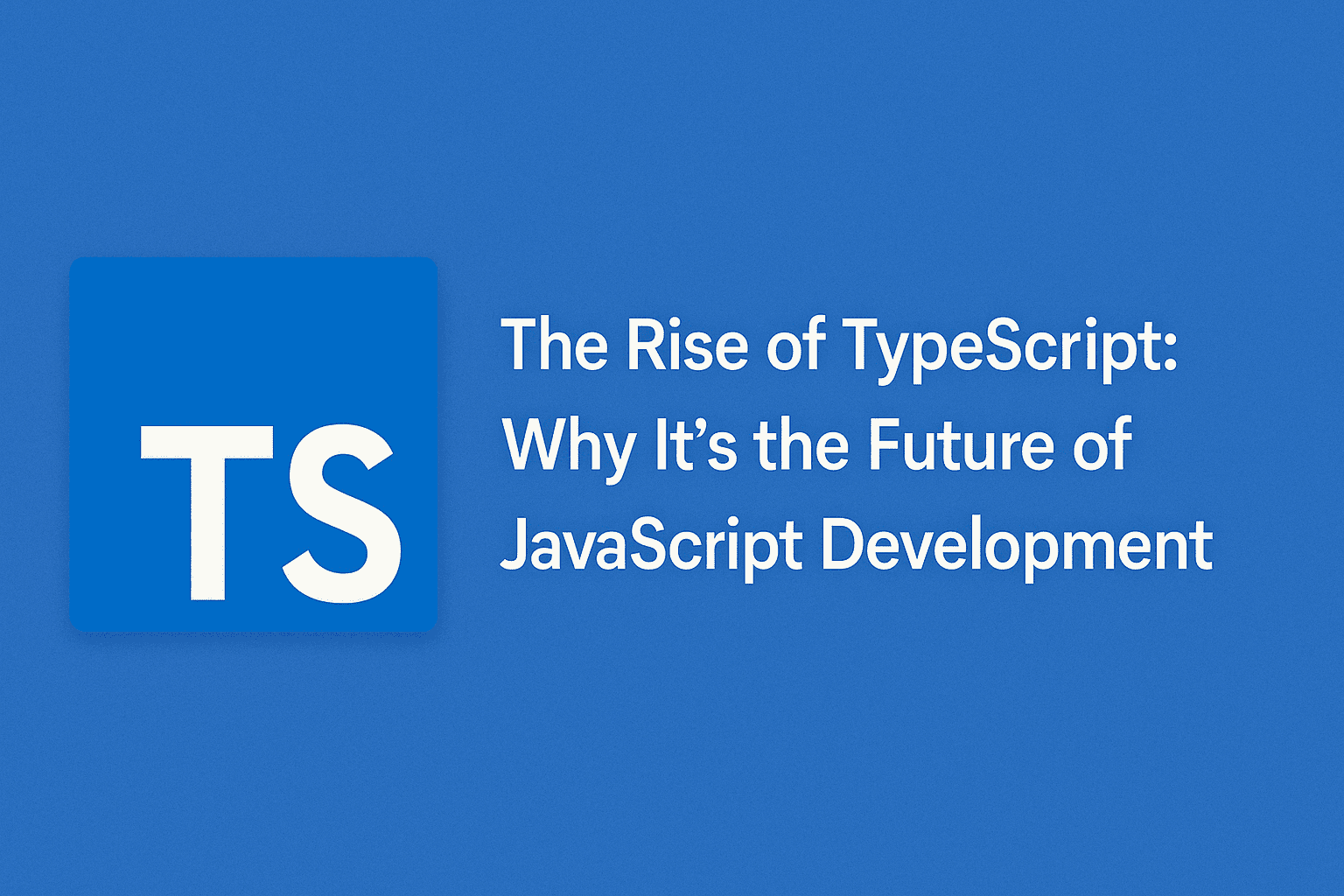In this article
Artificial Intelligence and Design: A Symbiosis of Creativity and Innovation
Imagine designing a landing page in 20 minutes. Tools like Uizard, Galileo AI, and Sora by OpenAI now let creatives generate full interface concepts from just a text prompt.
“The future of design is not just about what we create, but how we collaborate with the intelligence that helps us create.
This quote highlights the growing role of Artificial Intelligence (AI) in the field of design. AI isn’t replacing human creativity; instead, it’s expanding its boundaries by automating routine tasks and unlocking new opportunities for innovation.
How AI Is Changing the Way Designers Work
Despite its numerous benefits, the integration of AI into design also raises certain ethical questions and challenges. Preserving originality and avoiding bias are key aspects that must be considered. Since AI learns from existing data, there’s a risk of reproducing biases present in that data.
Designers must be vigilant to ensure that AI-generated designs are inclusive and non-discriminatory. Furthermore, it’s crucial to maintain a balance between the efficiency AI provides and the unique value of human creativity and intuition.
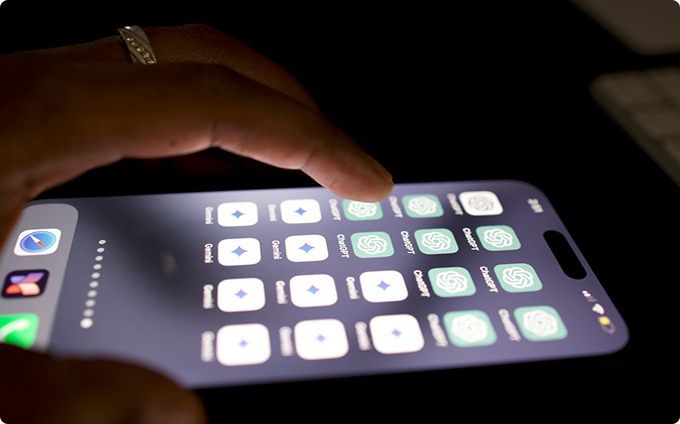
How AI is Transforming Design
The integration of AI into the design process is leading to significant changes, boosting efficiency and opening up new horizons.
- Automation of Repetitive Tasks: AI can handle repetitive operations like background removal from images, color correction, or generating layout variations, freeing up designers’ time for more creative endeavors.
- Generative Design: AI algorithms can create numerous design solutions based on specified parameters, helping designers explore a wider range of possibilities.
- Personalization: AI analyzes user data to create individualized interfaces, content, and advertising materials, which increases user engagement and satisfaction.
- UX/UI Optimization: AI can analyze user behavior and provide recommendations for improving usability and the overall interface.
- Data Analysis: AI helps designers transform complex datasets into understandable visualizations, facilitating informed decision-making.
The Future of Collaboration: Human and AI
This idea underscores the importance of adaptation and continuous learning. The future of design lies in the collaboration between humans and AI. Human designers bring emotional intelligence, creativity, empathy, and strategic thinking, while AI provides capabilities for automation, analysis, and generation.
“AI won’t replace designers, but designers who use AI will replace those who don’t.”
This symbiosis will allow designers to focus on more complex problems, experiment with new ideas, and create more meaningful and effective solutions. The role of the designer is evolving from a “creator” to a “curator” and “strategist” who guides AI to achieve desired outcomes.
Summary
In conclusion, Artificial Intelligence is becoming an integral part of the design industry, offering unprecedented opportunities for enhanced efficiency, personalization, and innovation. While challenges related to ethical considerations and preserving originality exist, the potential of AI as a tool to amplify human creativity is immense. The future of design lies in the harmonious collaboration between human and AI, where technology serves as a catalyst for more profound, effective, and innovative design that meets the demands of a rapidly changing world.
Python
# Creating a list
fruits = [“apple”, “banana”, “cherry”, “apple”]
print(f”Original list: {fruits}”)
# Accessing elements (indexing starts from 0)
print(f”First fruit: {fruits[0]}”)
print(f”Last fruit: {fruits[-1]}”)
# Modifying an element
fruits[1] = “orange”
print(f”Modified list: {fruits}”)
# Adding an element
fruits.append(“grape”)
print(f”List after appending: {fruits}”)
# Removing an element
fruits.remove(“apple”) # Removes the first occurrence
print(f”List after removing ‘apple’: {fruits}”)
# Length of the list
print(f”Number of fruits: {len(fruits)}”)
# Creating a list
fruits = [“apple”, “banana”, “cherry”, “apple”]
print(f”Original list: {fruits}”)
# Accessing elements (indexing starts from 0)
print(f”First fruit: {fruits[0]}”)
print(f”Last fruit: {fruits[-1]}”)
# Modifying an element
fruits[1] = “orange”
print(f”Modified list: {fruits}”)
# Adding an element
fruits.append(“grape”)
print(f”List after appending: {fruits}”)
# Removing an element
fruits.remove(“apple”) # Removes the first occurrence
print(f”List after removing ‘apple’: {fruits}”)
# Length of the list
print(f”Number of fruits: {len(fruits)}”)
